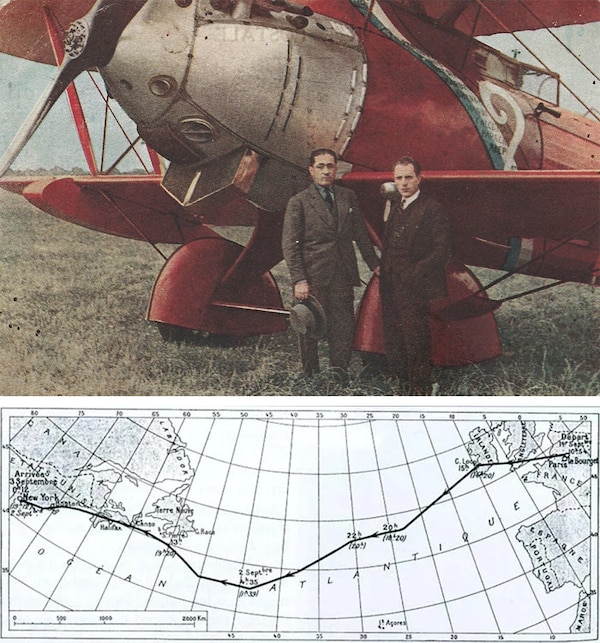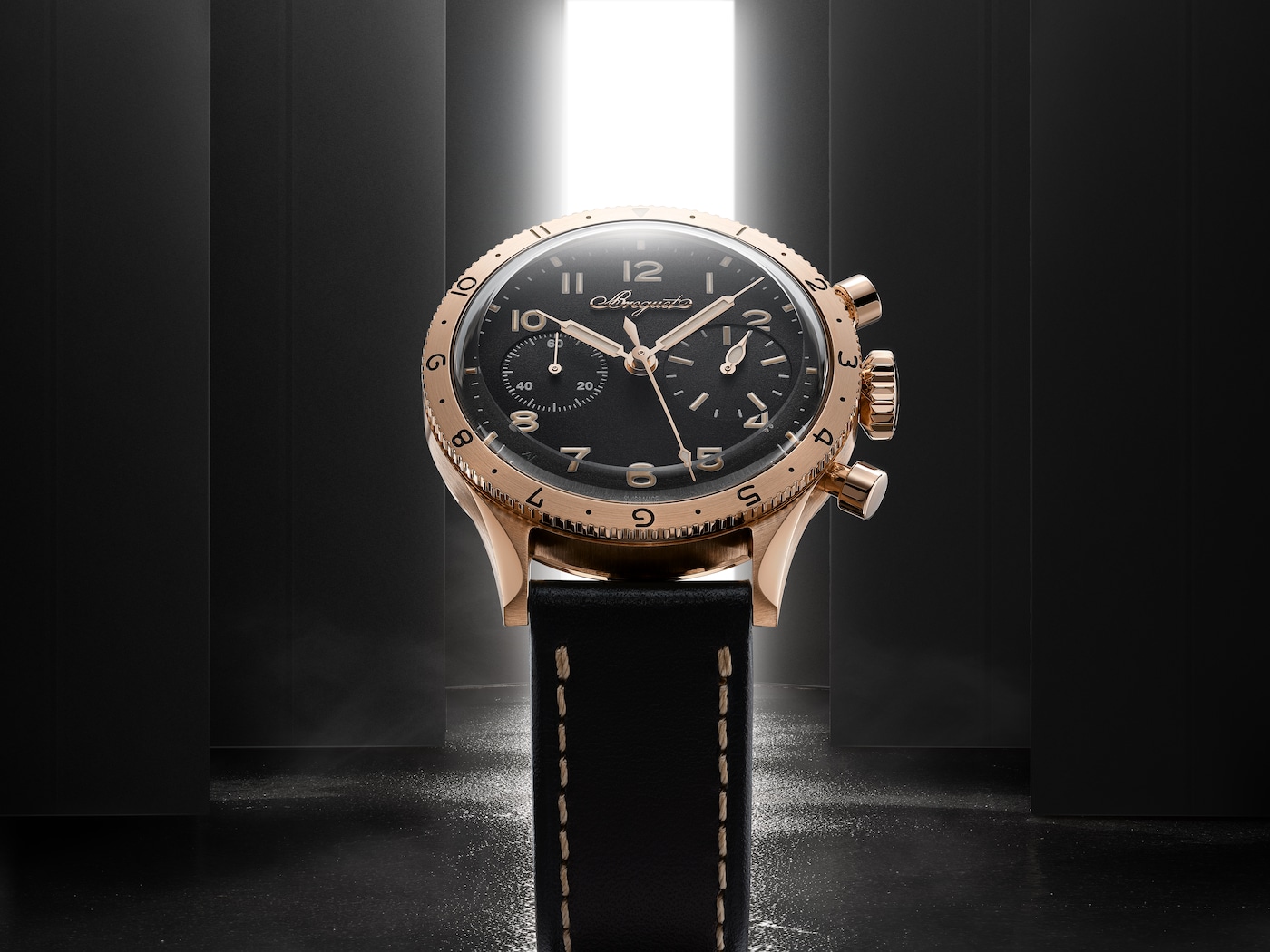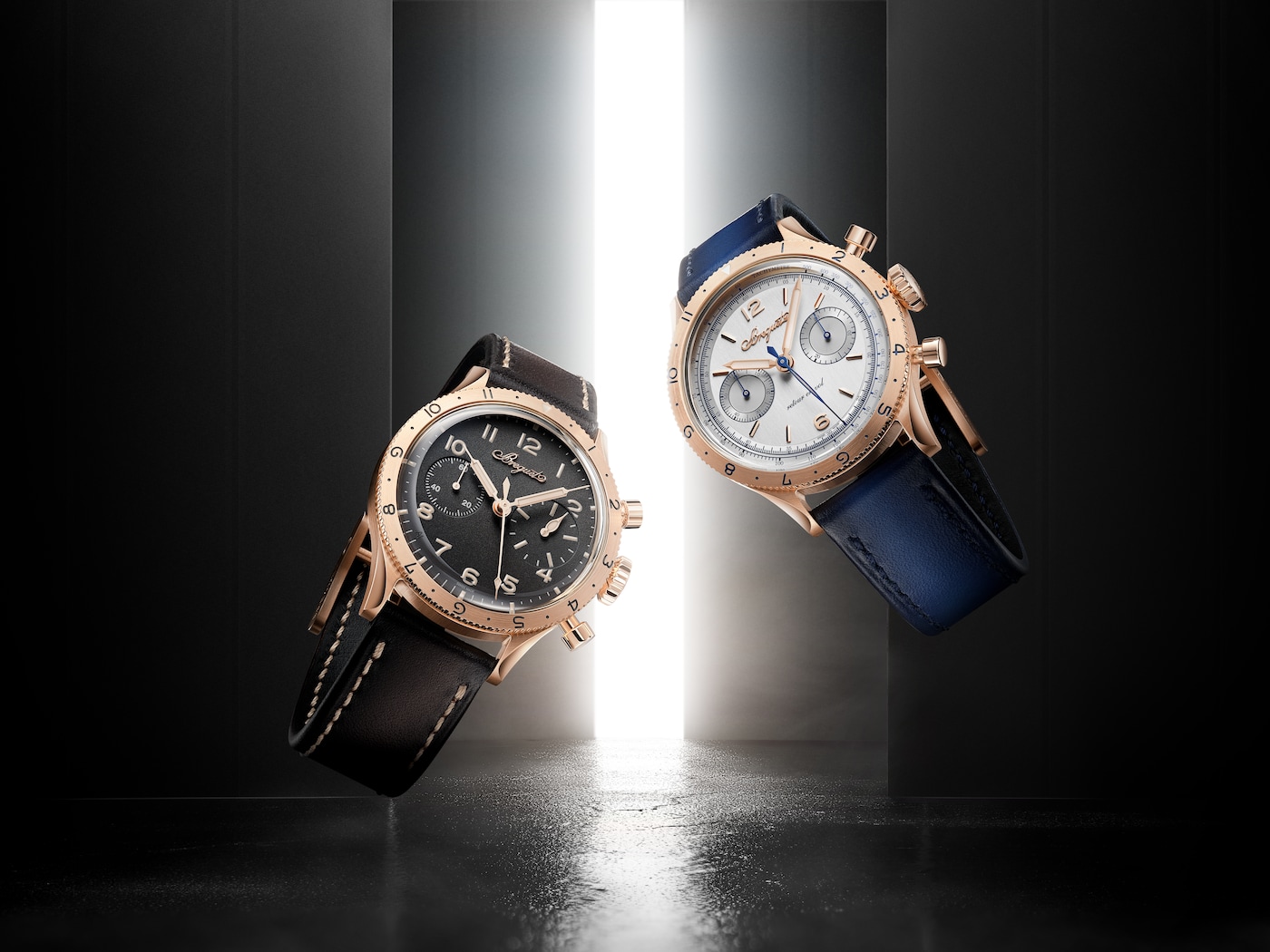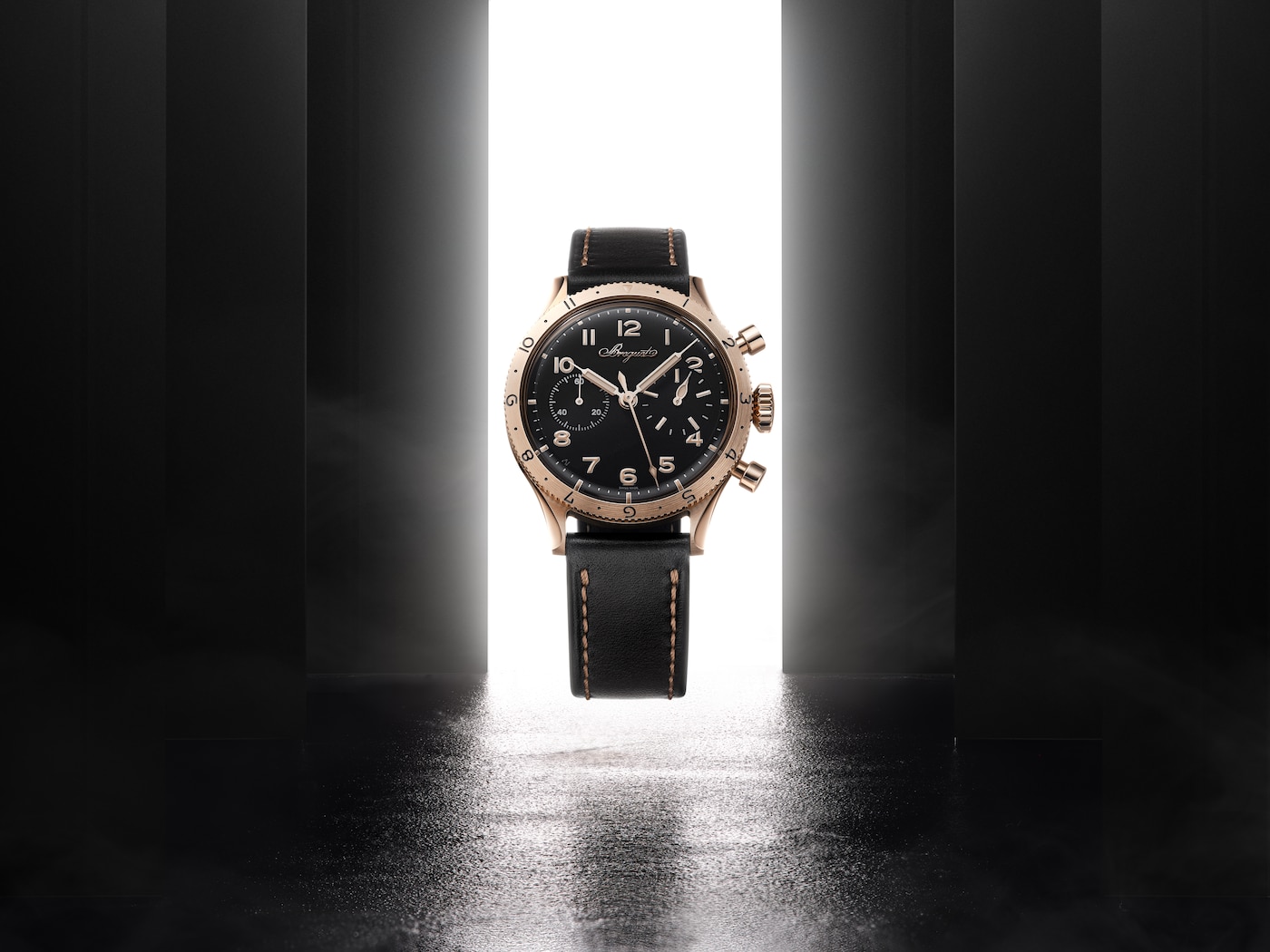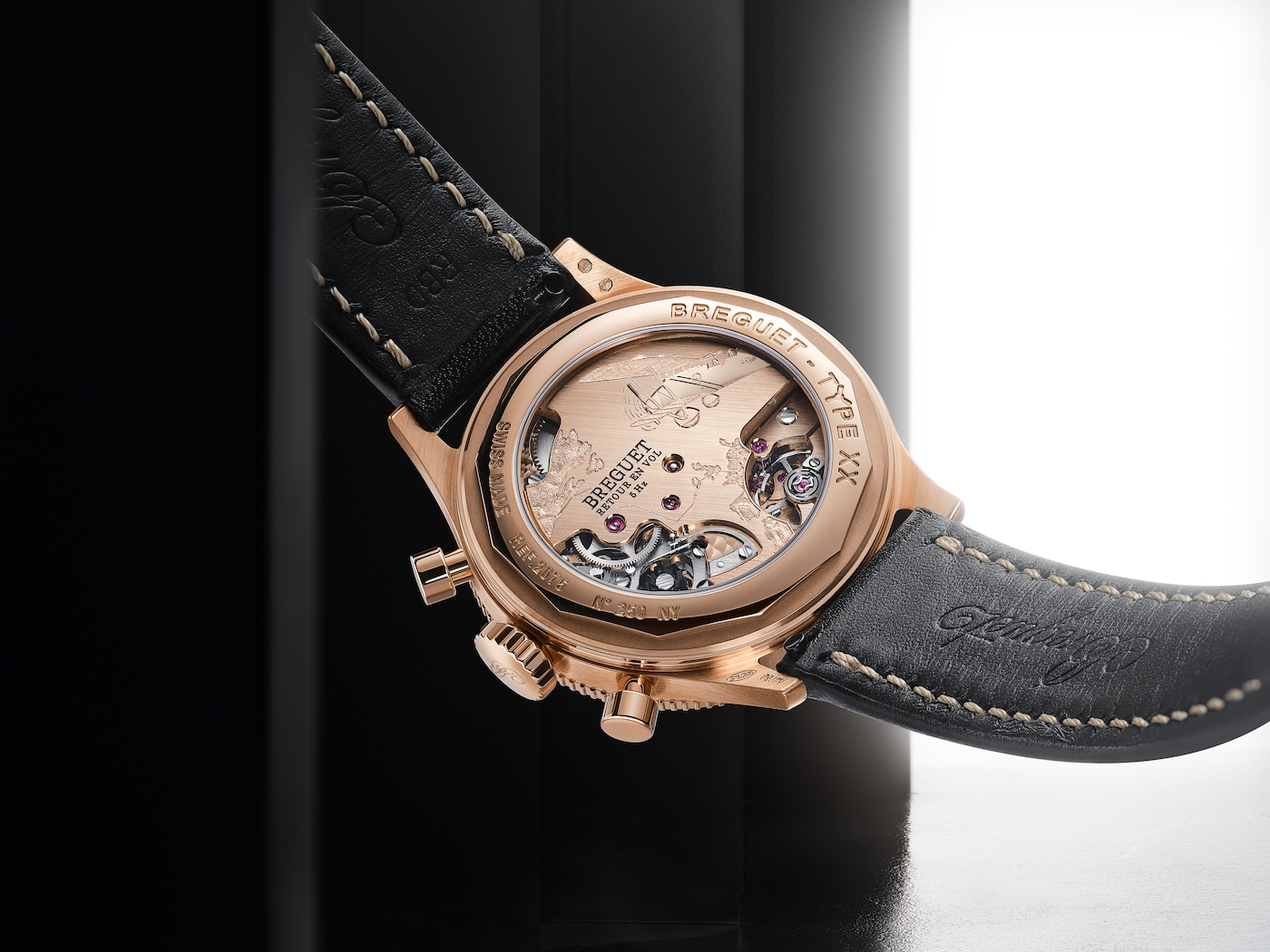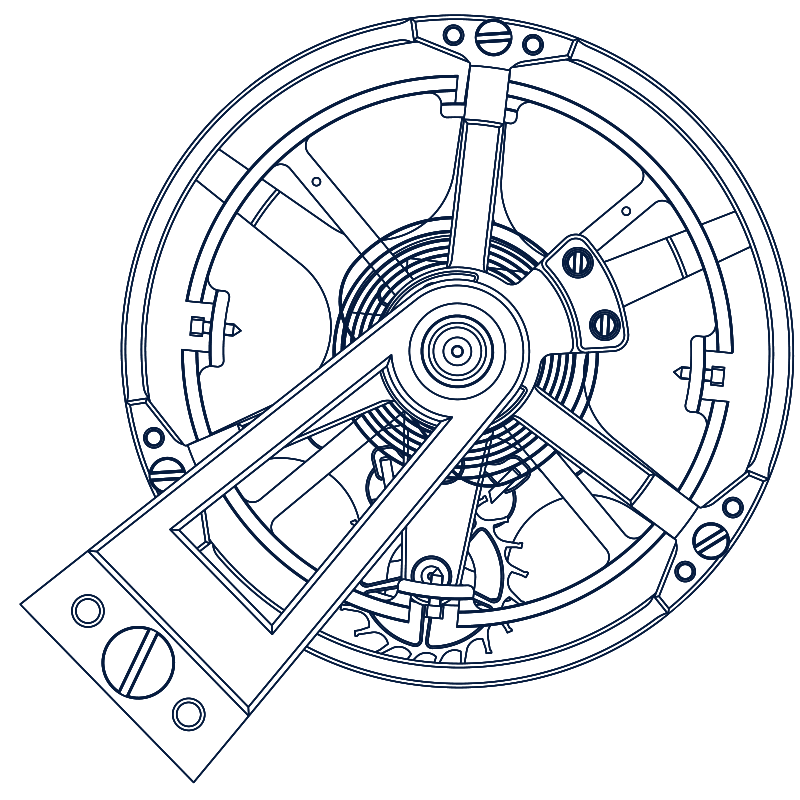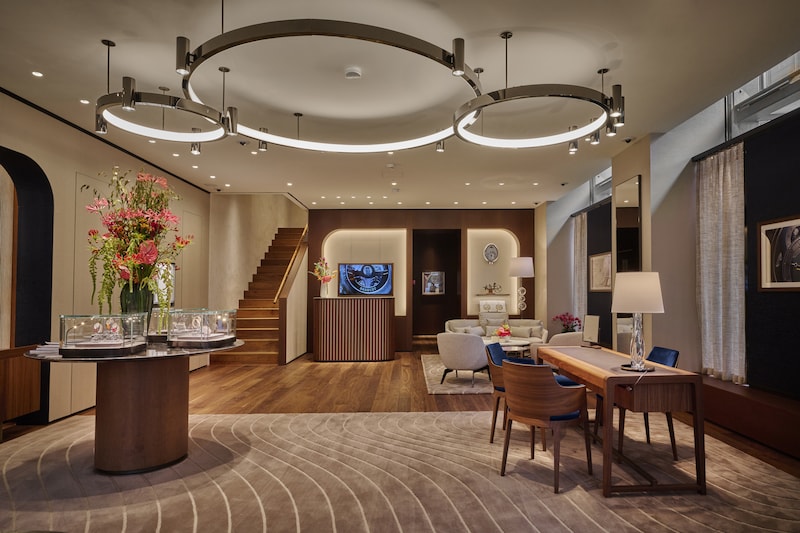Type XX Chronographe 2075
Collections ,
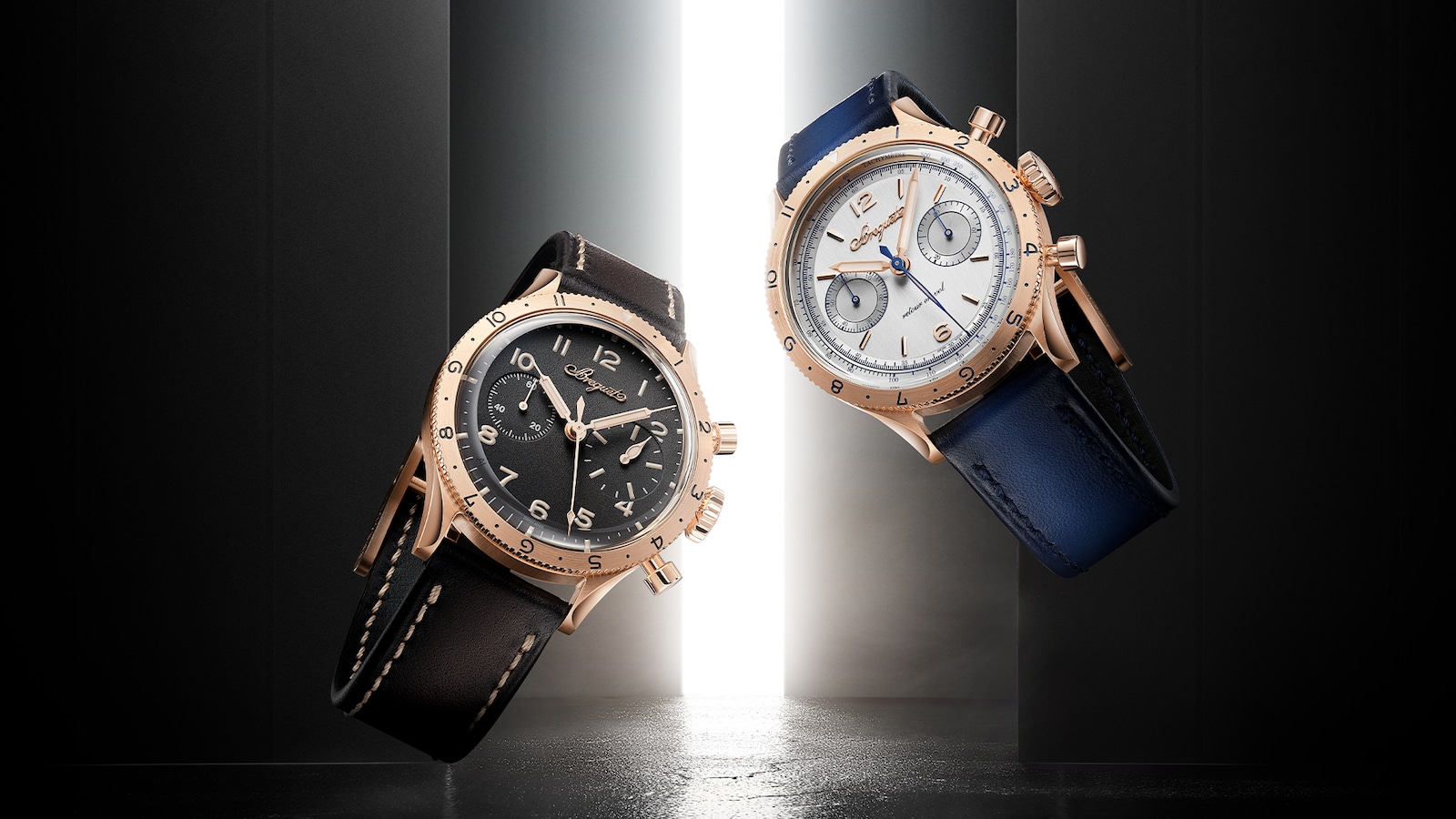
As part of its 250th anniversary celebrations, following Paris with the Classique Souscription 2025 and Shanghai with the Tradition 7035 edition, Breguet is making a stopover in New York.
Here it presents the Type XX Chronographe reference 2075 in two versions, inspired by an emblematic model dating back to 1955.
Inspiré par le ciel, guidé par le temps et l’esprit d’aventure
These new chronographs with flyback function pay tribute to the human genius and courage of the explorers of time: Abraham-Louis Breguet, the watchmaker who founded the eponymous company; Louis Breguet, his great-great-grandson, an aircraft manufacturer; and the aviator duo Dieudonné Costes and Maurice Bellonte, the first people to fly from Paris to New York. They achieved this feat in just over 37 hours from the 1st to the 2nd of September, 1930.
Their plane, a Breguet 19TR Super Bidon - a name chosen because of its large fuel tank - was decorated with a large question mark on either side of its fuselage.
These two new timepieces, crafted in Breguet gold, an exclusive alloy with blond highlights, feature either an aluminium dial anodized in black, or a solid silver dial. They draw their inspiration from an emblematic “civil” timepiece that Breguet presented in 1955, it bears the individual serial number 1780. As such, they proudly reflect Breguet’s spirit of technical innovation as well as its continuing respect for its own history.
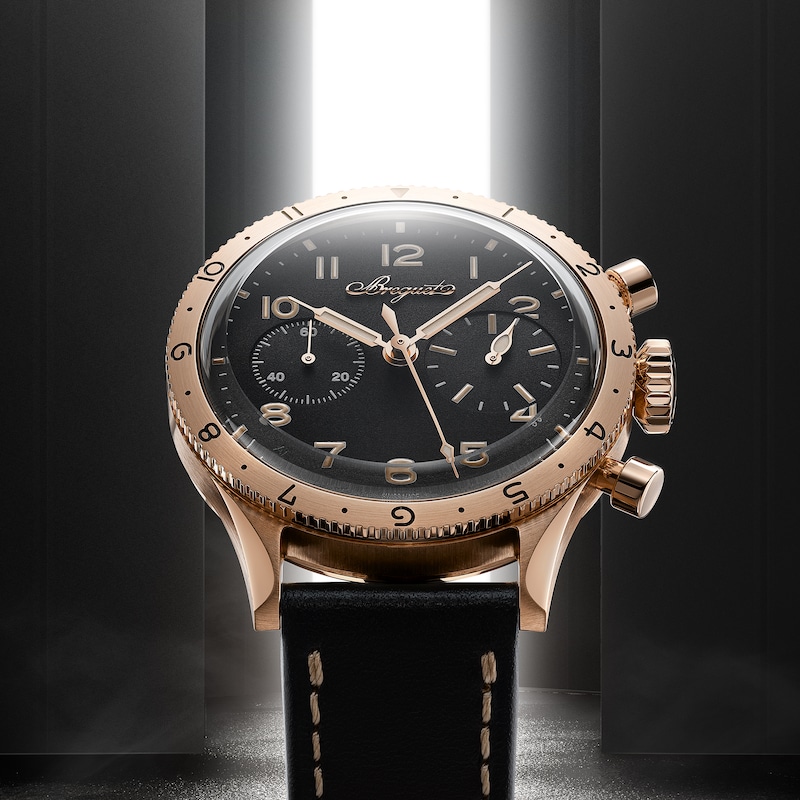
Two dials, one heritage
In tribute to the genius of Louis Breguet, who pioneered the use of Duralumin (an alloy containing 95% aluminium) sheet metal for his aircraft, Breguet has chosen to equip its Type XX 2075 with a dial made from this material, a first in its collections. A discreet “Al” between 7 and 8 o’clock confirms the use of this metal. To obtain a black hue close to that of the historic 1955 model, Breguet uses anodisation, a process that consists of creating a thickened layer of oxidation which provides protection against corrosion.
For this treatment, Breguet uses the latest innovations in the field: a deep black anodising with high mechanical resistance, currently used in the aerospace industry. This results in enhanced legibility and durability.
The other version of this new Type XX is also faithful to the historic N°1780 timepiece, this time as it was originally produced: with a silver dial. On this model, the solid silver dial, presented in a vertically brushed finish, offers an understated and sophisticated brilliance, underlining the timeless elegance of the watch.
A subtle “Ag925” marking nestles between 7 and 8 o’clock, a discreet reminder of the precious metal that lies beneath. This version is also distinguished by the presence of a tachymeter, a scale for measuring speed based on the time taken to travel a certain distance. Both dials feature the extremely fine and delicate, applied Breguet name in Breguet gold . The silver version’s dial has applied Arabic numerals and hour markers, equally in Breguet gold.
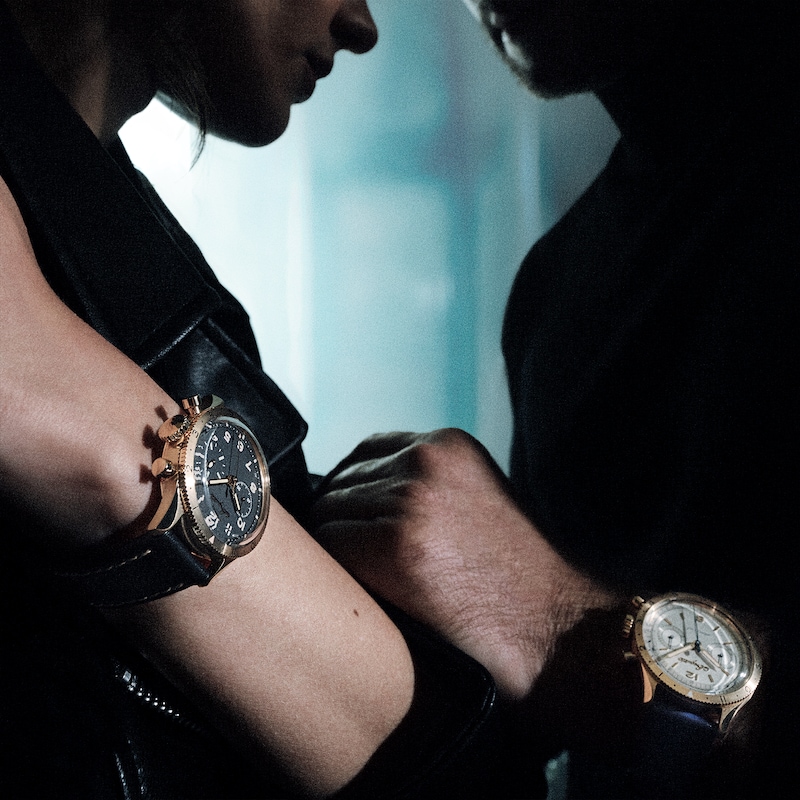
A high-performance engine
The calibres housed in these two models are variations of the high-performance, 5 Hz calibre 728 introduced by Breguet in 2023. They incorporate the flyback function that allows the watch to be reset to zero and a new count instantly started by a single press of the pusher located at 4 o’clock.
These two new models feature, for the first time, manually wound versions of the Breguet calibre 728, which are gilded in Breguet gold. The calibre 7279, for the black-dialled version, has a 15-minute counter at 3 o’clock, while the calibre 7278, for the silver-dialled version, has a 30-minute counter also at 3 o’clock. Both models have a small seconds display at 9 o’clock.
The transparent case back reveals an engraving entirely hand-crafted in the company’s workshops. It depicts the Breguet 19 aircraft in full flight accompanied by the precise route taken in 1930, the European and North American landmasses’ frosted finishing contrasts against the smooth Atlantic Ocean.
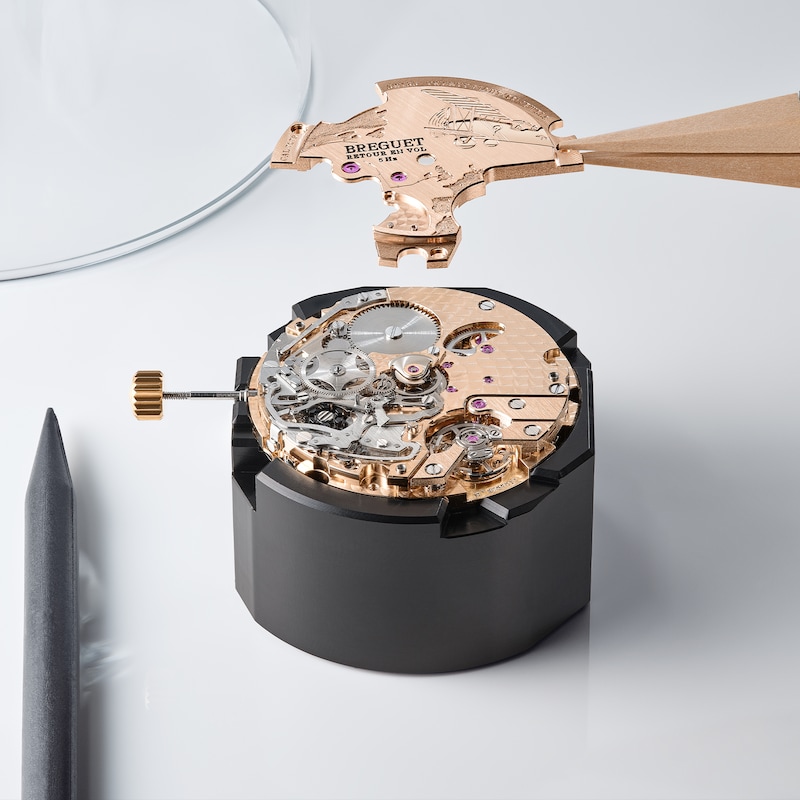
First Paris-New York flight on a “questionable” aircraft
Following the solo flight from New York to Paris by the American Charles Lindbergh (1902-1974) in 1927, there was much speculation about the possibility of flying the other way: from Paris to New York. When asked by the press about the likelihood of success of such a mission, Louis Breguet and the aviators Dieudonné Costes (1892-1974) and Maurice Bellonte (1896-1984) simply answered with a question mark.
Their specially adapted Breguet 19, the Super Bidon “Point d’Interrogation” featured a large, white question mark on either side of the red fuselage. However, despite their own, and others’, doubts about the feasibility of such a journey, they succeeded in flying non-stop between the two metropolises in 1930.
